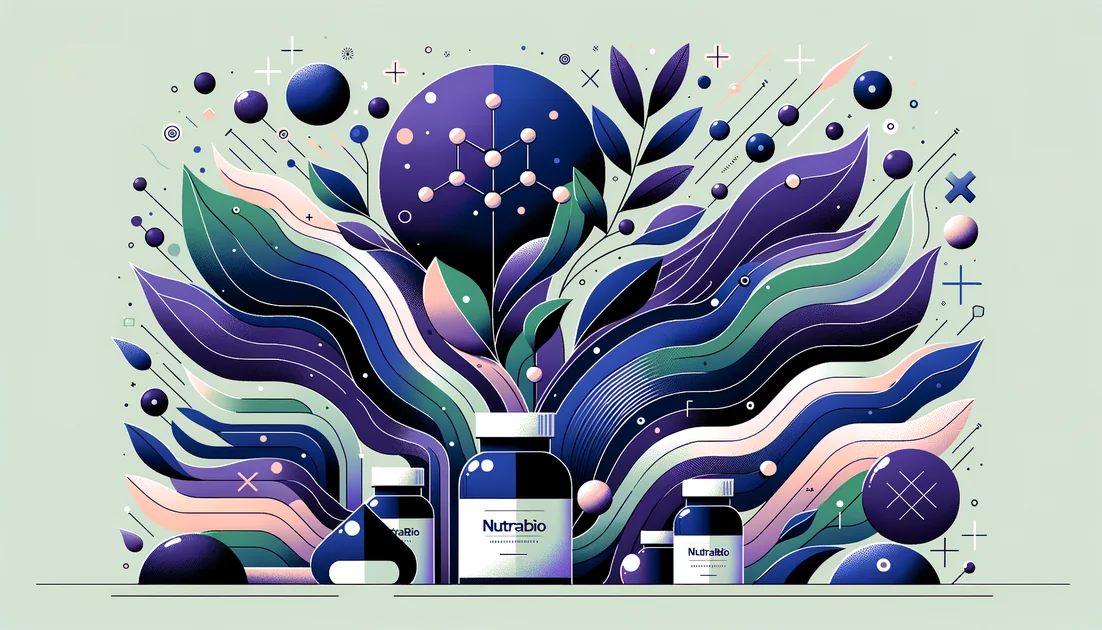
Trans-Resveratrol vs Pterostilbene for Longevity
For longevity-focused use, pick trans-resveratrol if you want the better-studied option with modest, low-certainty benefits on human risk markers; choose pterostilbene only if you prioritize dosing convenience and can monitor LDL cholesterol. Neither has proven human lifespan extension. [8][4].
Bottom line: For most longevity-minded buyers, trans-resveratrol (A) is the safer evidence-first default—its human meta-analyses show small improvements in select cardiometabolic markers with generally good tolerability (though overall certainty is low). Pterostilbene (B) may deliver higher exposure and simpler dosing, but human data are limited and a randomized trial found an LDL-C increase on monotherapy, a potential negative for lifespan risk reduction. If you still prefer B for convenience, co-administering grape polyphenols mitigated the LDL rise in the trial; otherwise favor A at conservative doses and stack with lifestyle fundamentals. Neither agent has shown lifespan extension in humans. [8][9][2][11].
The Comparison
Standardization: Commonly sold as ≥98% trans-resveratrol (often from Polygonum cuspidatum). USP reference standard exists.
Dosage: 100–500 mg/day in supplements; trials range 5 mg–5 g/day (higher doses mostly for research)
Benefits
- •Largest human evidence base for cardiometabolic risk markers (small effects)
- •Well-characterized safety at typical doses
- •Widely available with assayable standards
Drawbacks
- •Low oral bioavailability; rapid metabolism
- •GI upset at high doses; potential drug-interaction risk
Safety:Generally well-tolerated; high doses may cause GI effects. Potential CYP interactions; caution with antiplatelet/anticoagulant drugs and in pregnancy.
Standardization: Sold as purified pterostilbene; no pharmacopeial monograph widely used in supplements
Dosage: 50–250 mg/day in supplements; RCTs used 100–250 mg/day
Benefits
- •Greater oral exposure and longer half-life than resveratrol in animals
- •Once- or twice-daily dosing convenient
Drawbacks
- •Human efficacy data are sparse; one RCT showed LDL-C increase
- •Potential enzyme interactions (in vitro)
Safety:Short RCTs up to 250 mg/day: generally tolerated but LDL-C rose on monotherapy; monitor lipids if used.
Head-to-Head Analysis
Human efficacy on longevity-relevant risk markers (glycemia, BP, lipids, inflammation) Critical
Winner:Trans-Resveratrol• Importance: high
Direct longevity evidence (lifespan/healthspan) Critical
Winner:Trans-Resveratrol• Importance: high
Bioavailability and dosing convenience
Winner:Pterostilbene• Importance: medium
Safety/tolerability profile relevant to longevity risk Critical
Winner:Trans-Resveratrol• Importance: high
Drug/supplement interaction potential
Winner:Tie• Importance: medium
Standardization/quality control
Winner:Trans-Resveratrol• Importance: medium
Real-world adoption and evidence depth
Winner:Trans-Resveratrol• Importance: medium
Common Questions
Will either extend human lifespan?
No proven human lifespan extension. In mice, resveratrol extended survival on a high-fat diet but not on standard chow; pterostilbene lacks lifespan data. [9][10].
What dose should I start with for resveratrol?
Common supplemental starting ranges are 100–200 mg/day; higher doses increase GI risk without clear added benefit. [4][5].
Does pterostilbene raise LDL cholesterol?
In one randomized trial, pterostilbene monotherapy increased LDL-C; combining with grape extract attenuated this. Monitor lipids. [11].
Which Should You Choose?
You want the best-studied option for modest cardiometabolic risk improvement as part of a longevity stack
Choose:Trans-Resveratrol
You prioritize once-daily convenience and potentially higher exposure despite limited human data
Choose:Pterostilbene
You have elevated LDL-C or strong family history of ASCVD
Choose:Trans-Resveratrol
You might also like
Explore more of our evidence-led investigations, comparisons, and guides across every article style.

NutraBio
NutraBio: The Transparency Standard—with Prices That Mostly Add Up

NAD+ (direct NAD+ therapy) vs NMN (nicotinamide mononucleotide)
For most people seeking a convenient, lower-cost, evidence-aligned way to support NAD biology, choose NMN orally. Reserve NAD+ IV for supervised, short-term boosts when you accept higher cost, procedure risks, and limited controlled efficacy data. [1][4][10]


Sulforaphane
Dawn in a farming town north of Shanghai. Volunteers sip a lime-pineapple drink that tastes ordinary—until lab tests reveal something extraordinary: by that evening, their bodies are flushing out more benzene, a carcinogenic pollutant, as if someone flipped a hidden switch for detox. The switch wasn't a drug. It was sulforaphane, a peppery molecule born when cruciferous plants are crushed and chewed. [3][4]

Lion's Mane + Bacopa: Smart Memory Duo or Just Hype?
The combo is a theoretical dual-pathway stack (neurotrophic + cholinergic), but there are no direct head-to-head studies proving synergy.

Tocotrienols
The stealthier cousins of vitamin E—built with springy tails that move differently in cell membranes and behave differently in your body.




